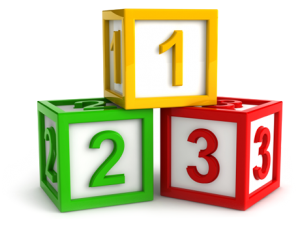The message from science is clear: how children develop early in life
Healthy child development is the foundation for education achievement, economic productivity, responsible citizenship and lifelong health (happier and live longer). These are the pillars for successful parenting of the next generation which ultimately result in strong communities and a healthy economy.
This is not just an opinion. It comes from research in neuroscience, molecular biology, genetics, behavioral and social science and even from economic analysis of human capital development. 85% of brain volume of fully developed by age three. In the first few years of life, on million new neural connections form every second. What is known is that the serve and return interactions build brains and skills. *
|
 |
Maximize Love, Manage StressBabies and toddlers thrive when their world feels loving, safe, and predictable. Respond with smiles, words, and touch to help them see, hear, and feel your love. You will help them develop a sense of secrity and self-control. |
 |
Talk, Sing, and PointBabies learn language from the moment they are born. Respond to their sounds, and later, their words. Connect with eye contact and a loving tone of voice, while pointing to help them know what you are talking about. |
 |
Count, Group, and CompareEvery Child's brain is wired for math. Talk about numbers, shapes, patterns, and comparisons as you go about your routines together. Watch your child learn to love math |
 |
Explore Through Movement and PlayBabies are like scientists who love making discoveries. Watch to see what interests your child, then encourage their curiosity and help them learn when they play and explore. |
 |
Read and Discuss StoriesReading turns kids into confident thinkers. Make books a regular part of your relationship from the very beginning. With infants, point at the pictures and speak with excitement. With toddlers, just make it fun. |
 |
* Sources: A.C.E.S. and Harvard; Baby Basics
